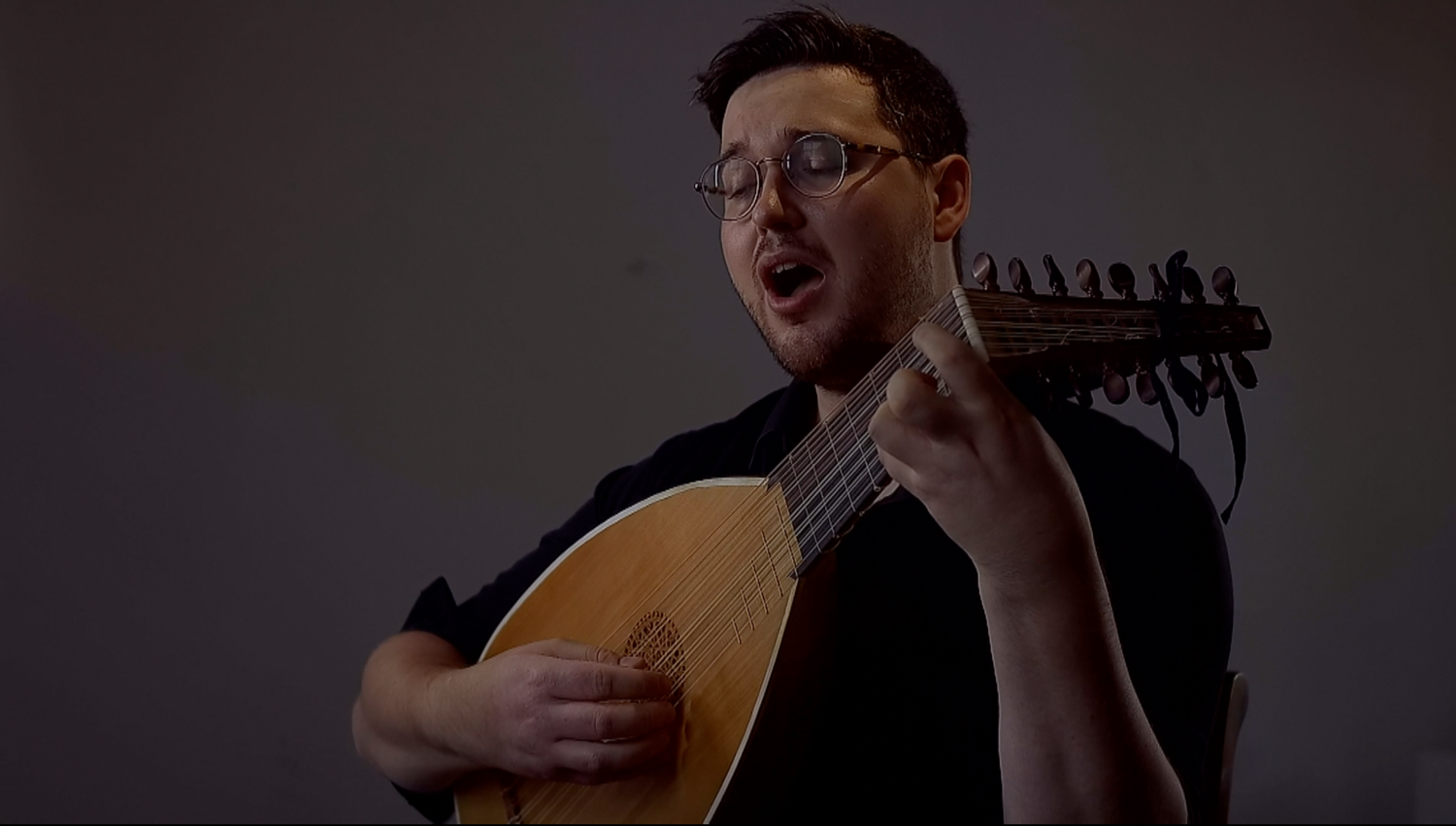Thomas Robinson (1603) on ‘Passionate Play’
- Tim Braithwaite

- Jan 22, 2021
- 2 min read
‘Now you shall have a general rule to grace it, as with passionate play, and relishing it: and note that the longer the time is of a single stroke [note], that the more need it hath of a relish, for a relish will help, both to grace it, and also it helps to continue the sound of the note his full time: but in a quick time a little touch or jerk [of the finger] will serve, and that only with the most strongest finger. Passionate play is to rune some part of the squares in a Treble (that is four and four) first loud, then soft, and so in a decorum, now louder, now softer, (not in extremity of either) but as company of other instruments, or farness off giveth occasion...
Now to your fall with a relish, or a fall without a relish: take this for a general rule, that all falls in what stop soever, in a flat note [minor third of a chord], must be performed with the nearest finger to the half notes, and in a sharp note or stop [major third of a chord], with the nearest and strongest finger to a full note. As here you see underneath for example:

Here the stops where b is placed, must have his fall from a in the same string[,] where d is placed, (the finger laid along in c) must have his fall from c in the same strings, in the next where c is in the treble, because c is sharp, must have his fall from the full note a, and c having had his fall, may so be held still without moving the forefinger, and the relish continued (with the little finger) in d which is under half note, and so of all the rest.’

Thomas Robinson, The Schoole of Musicke: Wherein Is Taught, the Perfect Method, of True Fingering of the Lute, Pandora, Orpharion, and Viole de Gamba, with Most Infallible Generall Rules, Both Easie and Delightfull ...(London: Thomas Este, 1603). The language has been modernised in order to facilitate understanding.




Comments